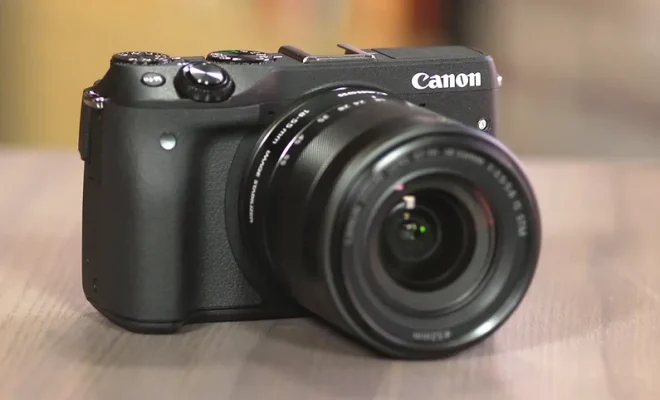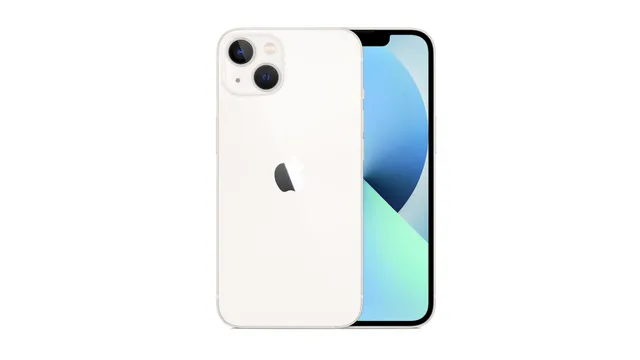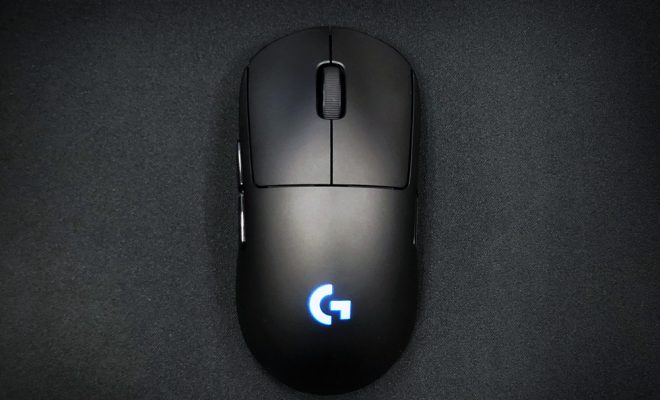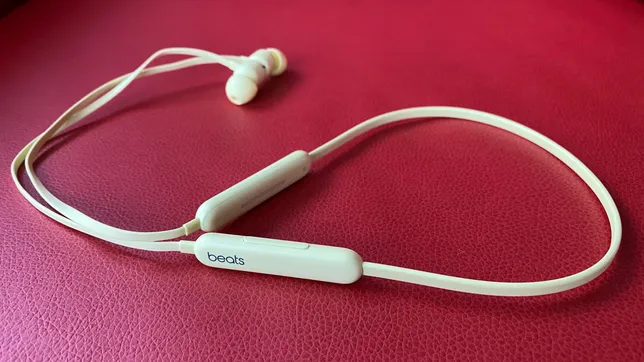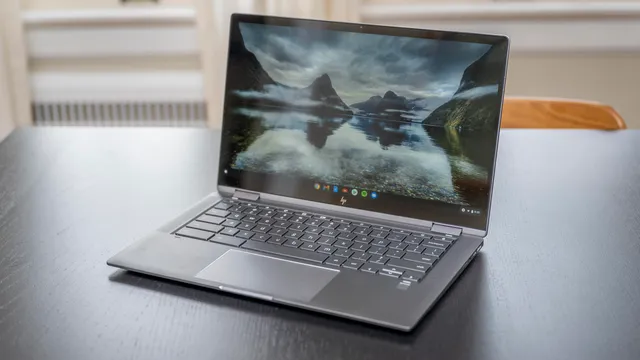Why Google Pixels Aren’t as Popular as iPhones and Samsung Galaxy Phones
When it comes to the world of smartphones, two major players dominate the market: Apple with its iconic iPhone and Samsung with its popular Galaxy series. However, there’s another contender in the ring – Google – with its Pixel lineup. Despite offering impressive tech specs and receiving positive reviews, Google Pixels have not yet reached the level of popularity enjoyed by iPhones and Samsung Galaxy phones. Let’s explore some possible reasons behind this discrepancy.
1. Brand Recognition and Loyalty
Apple has had a head start in the industry since 2007 with the first iPhone, while Samsung has been steadily building its brand reputation in various segments, including TVs and appliances. This significant head start has allowed them to foster brand loyalty, making it difficult for competitors like Google to establish themselves fully in the market.
2. Marketing Strategies
Apple and Samsung have invested heavily in marketing efforts to reach global audiences. This aggressive marketing approach has ensured their devices are top-of-mind for consumers when they think of smartphones. On the other hand, Google has not engaged in similar high-impact advertising campaigns, which could be a contributing factor to its lower market share.
3. Variety of Devices Offered
Samsung offers a wide range of devices catering to different segments and budgets, from premium flagship phones like Galaxy S series to mid-range and budget options like Galaxy A series. Apple also provides a variety of iPhones targeting different consumers. However, Google Pixel mainly focuses on premium flagship devices with limited options for mid-range users.
4. Established Ecosystems
Both Apple and Samsung have successfully established their respective ecosystems (iOS/App Store for Apple; One UI/Google Play Store for Samsung), creating an environment that encourages users to stay within their brand once they’re comfortable using their products. Conversely, Google Pixel uses stock Android OS without further customization or branding efforts – a factor that could discourage consumers from making the switch to Pixel.
5. Accessories and Hardware Compatibility
Apple, in particular, excels in offering a wide range of accessories like AirPods, Apple Watches, and custom cases that are designed exclusively for iPhones. Additionally, Samsung has a robust accessory lineup for their devices too. Google Pixel does offer a few accessories, but they’re not as comprehensive or popular as the competitors’ offerings.
Conclusion
While Google Pixels boast impressive specs and performance on par with the iPhone and Samsung Galaxy devices, factors like brand recognition, marketing strategies, device variety, established ecosystems, and hardware compatibility have contributed to their lower market share. However, as Google continues to develop future generations of Pixel smartphones and improves its branding efforts, it will be interesting to see if they can slowly break into the tightly held duopoly of Apple and Samsung.

